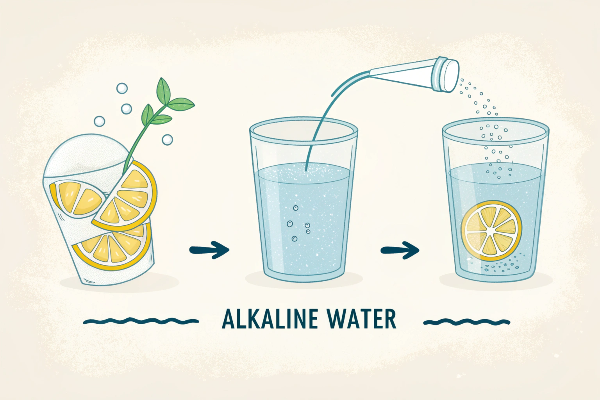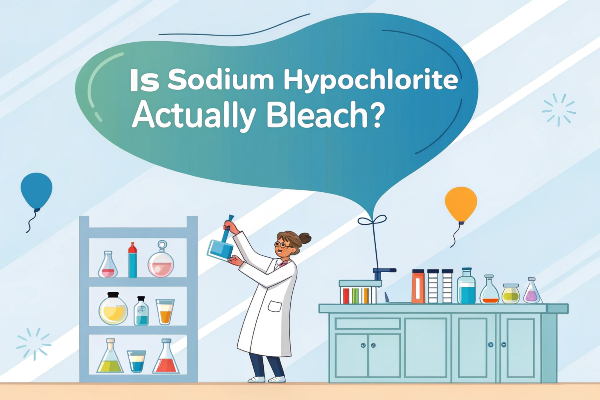Struggling to pinpoint the best opportunities in the booming Southeast Asian market? Feeling lost in the complexities of regulations and competition?
Southeast Asia is experiencing rapid growth in industries requiring titanium anodes, with specific countries and sectors leading the charge. Understanding these nuances is key to capitalizing on this expanding market.

This article will break down the key questions surrounding this topic, equipping you with the insights needed to navigate this complex, yet rewarding, market landscape. We’ll explore the specific demands, regulations, and competitive forces at play.
Which specific Southeast Asian countries are driving the highest demand for titanium anodes, and what are the key industries fueling this growth?
Feeling overwhelmed by the sheer size and diversity of the Southeast Asian market? Unsure where to focus your efforts?
Indonesia, Vietnam, Thailand, and Malaysia are currently leading the demand for titanium anodes in Southeast Asia. Key industries include the chlor-alkali industry1, electroplating2, water treatment, and hydrometallurgy.

Dive Deeper: Country-Specific Drivers and Industries
Understanding the nuances of each country’s market is crucial. Each nation presents unique opportunities and challenges:
| Country | Key Industries Driving Demand | Growth Drivers | Potential Challenges |
|---|---|---|---|
| Indonesia | Chlor-alkali, Electroplating, Water Treatment | Growing industrialization, infrastructure development, increasing population | Complex regulatory environment, infrastructure limitations in some areas |
| Vietnam | Electronics Manufacturing, Electroplating, Wastewater Treatment | Rapid economic growth, foreign investment, supportive government policies | Increasing labor costs, competition from established players |
| Thailand | Automotive, Electronics, Electroplating | Strong manufacturing base, government support for specific industries | Political instability, fluctuating currency exchange rates |
| Malaysia | Electronics, Chemical Processing, Water Treatment | Well-developed infrastructure, skilled labor force, strategic location | Competition from lower-cost producers, dependence on global demand |
| Singapore | water treatment, specialized manufacturing | advanced R&D capabilities, focus on high-value applications | small domestic size, higher cost |
What are the unique regulatory and environmental compliance requirements for titanium anodes in Southeast Asian markets?
Concerned about navigating the complex web of regulations in Southeast Asia? Worried about potential compliance issues hindering your market entry?
Southeast Asian nations have varying environmental regulations3, including emission standards4 and chemical management rules. Compliance often requires certifications like ISO 140015, and specific local requirements may exist.
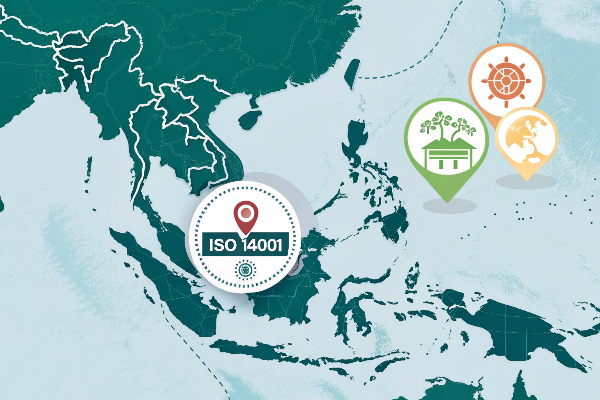
Dive Deeper: Navigating the Regulatory Landscape
Each country possesses its own set of regulations. A general overview looks like this:
| Country | Key Regulations | Certifications/Standards | Potential Challenges |
|---|---|---|---|
| Singapore | Strict environmental regulations, stringent emission standards, focus on sustainable development. | ISO 14001 often required, specific product safety certifications may be needed. | High compliance costs, complex permitting processes. |
| Malaysia | Environmental Quality Act, regulations on industrial effluent and hazardous waste management. | ISO 14001 generally expected, SIRIM certification (Malaysian standards) may be advantageous. | Enforcement can be inconsistent, navigating bureaucracy can be challenging. |
| Thailand | Factory Act, regulations on industrial emissions and wastewater discharge. | ISO 14001 commonly adopted, Thailand Industrial Standards Institute (TISI) standards may apply. | Regulatory framework can be complex and subject to change, corruption can be a concern. |
| Indonesia | Environmental Protection and Management Law, regulations on hazardous waste and pollution control. | ISO 14001 increasingly important, SNI (Indonesian National Standard) may be required. | Enforcement can be weak, complex and overlapping regulations, infrastructure limitations can hinder compliance. |
| Vietnam | Law on Environmental Protection, regulations on emissions, wastewater, and hazardous waste management. | ISO 14001 becoming more common, QCVN (Vietnamese technical regulations) may apply. | Rapidly evolving regulations, enforcement capacity can be limited, transparency can be an issue. |
It is vital to do thorough research in any country you are trying to gain a foothold.
What are the competitive landscape and major players (both local and international) in the Southeast Asian titanium anode market?
Unsure who the key players are in the Southeast Asian titanium anode market6? Want to know how to position yourself against the competition?
The Southeast Asian titanium anode market features both local manufacturers7 and international competitors8. Key players vary by country, but include established companies and emerging local suppliers.
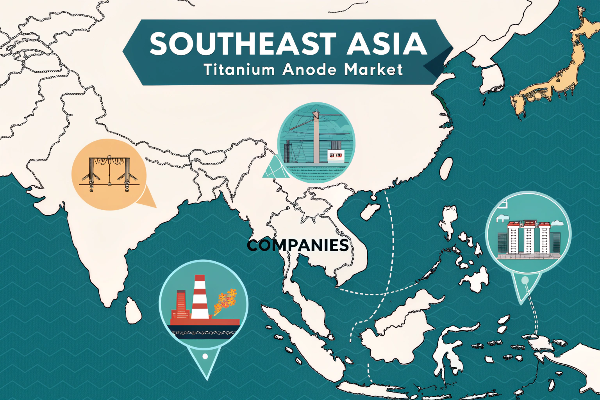
Dive Deeper: Identifying Key Competitors
It is tough to give a full list of the major players, but a deeper dive will help:
- Local Manufacturers: Many Southeast Asian countries have domestic titanium anode producers, often focusing on specific industries or applications. These companies may have advantages in terms of local knowledge, distribution networks, and pricing. Examples could be found by research on industry specific websites.
- International Competitors: Multinational companies with a global presence also compete in the Southeast Asian market. These companies often offer a wider range of products, advanced technologies, and established brand recognition.
- Market Share Dynamics: Market share distribution varies significantly between countries and industries. In some segments, local players may dominate, while in others, international companies hold a larger share.
- Competitive Strategies: Companies employ various strategies, including price competition, product differentiation, technological innovation, and strategic partnerships.
What are the prevailing pricing trends and cost factors influencing the titanium anode market in Southeast Asia?
Need to understand the pricing dynamics of the Southeast Asian titanium anode market? Looking for ways to optimize your costs and pricing strategy?
Titanium anode prices9 in Southeast Asia vary based on type, specification, and application. Key cost factors include raw materials (titanium, precious metals), labor, energy, tariffs, and transportation.
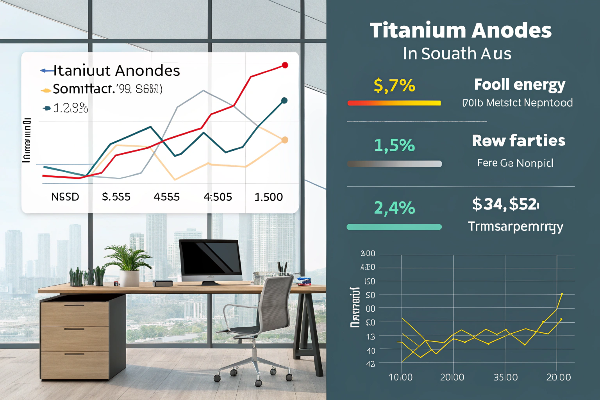
Dive Deeper: Understanding Price Influences
- Raw Material Costs10: The price of titanium and precious metals (like ruthenium, iridium, and platinum) significantly impacts the final cost of titanium anodes. Fluctuations in global commodity markets directly affect pricing.
- Labor Costs11: Labor costs vary across Southeast Asian countries, influencing manufacturing expenses. Countries with lower labor costs may offer more competitive pricing.
- Energy Costs: Titanium anode production can be energy-intensive. Variations in electricity prices across the region contribute to cost differences.
- Tariffs and Transportation: Import duties and transportation costs can add significantly to the final price, especially for imported anodes or raw materials.
- Currency Exchange Rates: Fluctuations in exchange rates between local currencies and the US dollar (commonly used in international trade) can impact pricing and profitability.
- Technological Advancements: Manufacturers investing in more efficient production technologies may be able to offer more competitive pricing.
What are the distribution channels and logistics infrastructure for titanium anodes in Southeast Asia?
Concerned about getting your products to market efficiently in Southeast Asia? Want to optimize your distribution and logistics strategy?
Titanium anodes in Southeast Asia are sold through direct sales, distributors, agents, and online platforms. The region’s logistics infrastructure12 varies, with some countries offering well-developed ports and transportation networks.
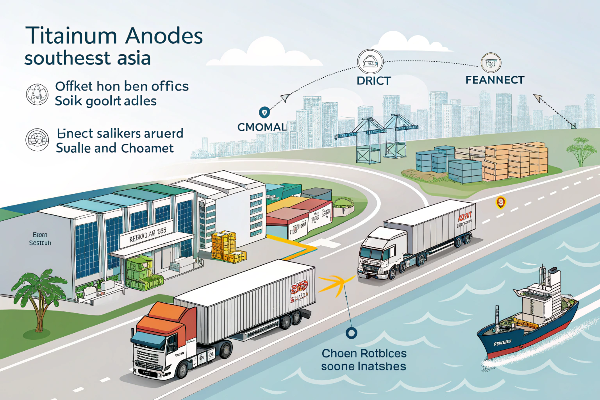
Dive Deeper: Navigating Distribution and Logistics
- Direct Sales: Some manufacturers sell directly to end-users, particularly for large-volume orders or specialized applications.
- Distributors and Agents: Local distributors and agents play a crucial role in reaching smaller customers and providing after-sales service. They often have established networks and market knowledge.
- Online Platforms: E-commerce platforms are increasingly used for selling titanium anodes, particularly for standard products and smaller orders.
- Logistics Infrastructure:
- Ports: Singapore, Malaysia (Port Klang, Tanjung Pelepas), and Thailand (Laem Chabang) have well-developed ports that serve as major hubs for international trade.
- Transportation Networks: Road and rail networks vary in quality across the region. Some countries have well-developed infrastructure, while others face challenges in terms of connectivity and efficiency.
- Warehousing: Availability of warehousing facilities varies, with major industrial centers generally offering better options.
- Supply Chain Management: Efficient supply chain management is crucial for minimizing costs and ensuring timely delivery. This includes managing inventory, transportation, and customs clearance.
- Logistics Partners Working with a freight forwarder that works in those areas may have an advantage.
Conclusion
The Southeast Asian titanium anode market presents significant opportunities, but understanding the specific demands, regulations, competition, pricing, and logistics of each country is essential for success. Careful planning and a tailored approach are key.
-
Learn about the chlor-alkali industry’s impact on economic growth and its significance in the region’s industrial landscape. ↩
-
Discover the latest trends in electroplating and how they are shaping the manufacturing sector in Southeast Asia. ↩
-
Exploring these regulations will provide insights into compliance requirements specific to titanium anodes in the region. ↩
-
Learning about emission standards is crucial for ensuring your products meet local environmental requirements. ↩
-
Understanding ISO 14001 can help you ensure compliance and improve your environmental management practices. ↩
-
Explore this link to gain insights into the competitive landscape and identify major players in the Southeast Asian titanium anode market. ↩
-
Understanding local manufacturers can provide a competitive edge and insights into regional market dynamics. ↩
-
Discovering international competitors will help you understand the global competition and market positioning strategies. ↩
-
Explore this link to gain insights into the latest pricing trends and factors affecting titanium anode prices in Southeast Asia. ↩
-
Understanding raw material costs is crucial for optimizing your pricing strategy in the titanium anode market. Check this resource for detailed insights. ↩
-
Labor costs play a significant role in manufacturing expenses. This link will help you understand their influence on pricing strategies. ↩
-
This resource will provide insights into how logistics infrastructure affects distribution efficiency in Southeast Asia, crucial for your strategy. ↩



